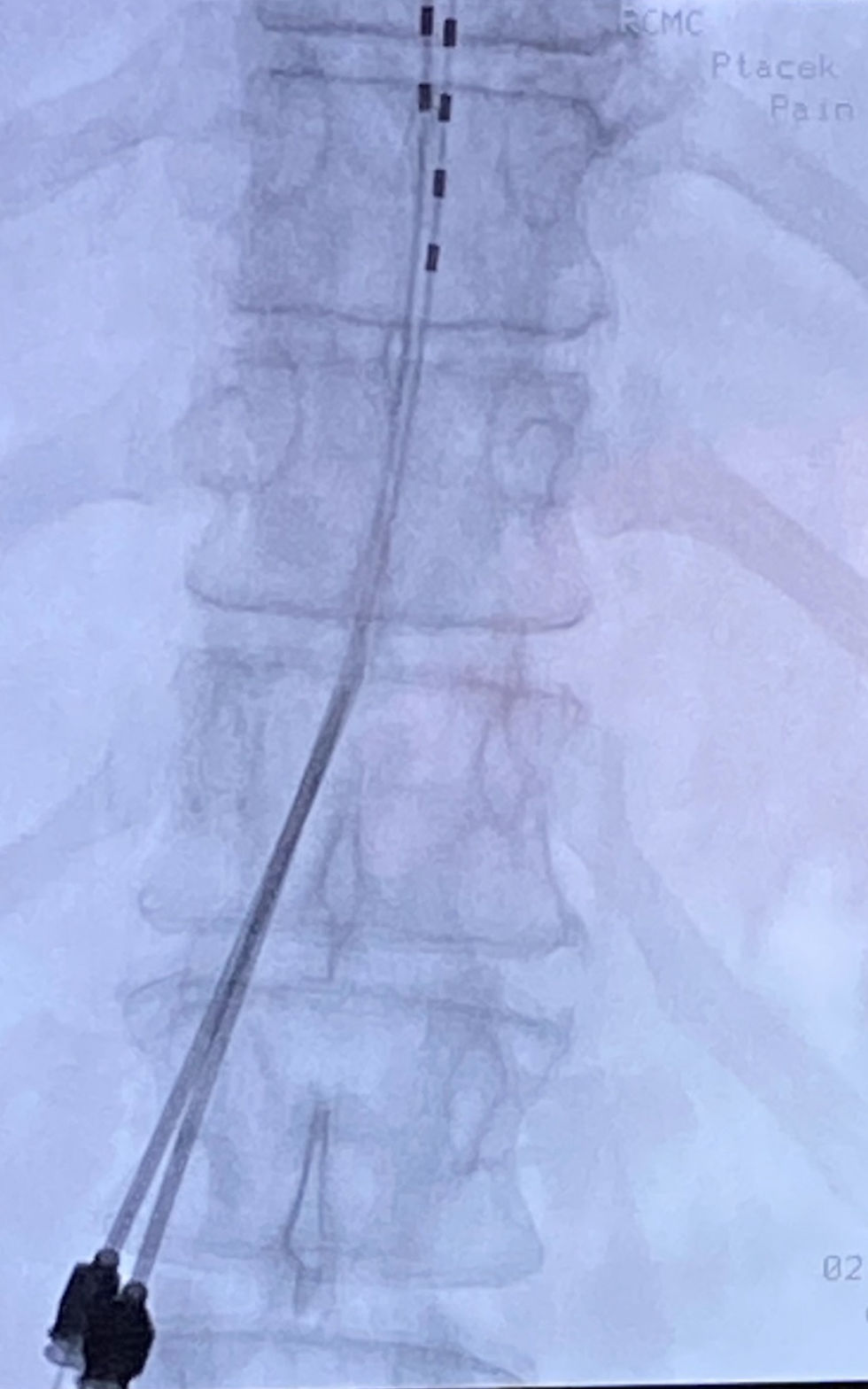Exploring the Benefits of Stretching for Pain Relief
- Tyler Ptacek
- Mar 24, 2024
- 2 min read
Exploring the Benefits of Stretching for Pain Relief Introduction: Living with chronic pain can be challenging, but incorporating stretching into your daily routine can offer significant relief. In this blog post, we will delve into the topic of stretching and its positive effects on managing chronic pain. Whether you are a pain physician or an individual seeking relief, this article aims to provide valuable insights and guidance on the benefits of stretching. Improved Flexibility: One of the key benefits of stretching is improved flexibility. Regular stretching exercises can help increase your range of motion, allowing you to move more freely and with less pain. By stretching the muscles and connective tissues, you can reduce stiffness and improve joint mobility. Incorporating stretching into your daily routine can help you maintain flexibility and prevent further pain and discomfort. Increased Blood Flow: Stretching also promotes increased blood flow throughout the body. When you stretch, your muscles expand, allowing for better circulation. This increased blood flow delivers essential nutrients and oxygen to the muscles, helping them recover and heal. Improved blood circulation can also reduce inflammation, which is often associated with chronic pain conditions. Reduced Muscle Tension: Chronic pain is often accompanied by muscle tension and tightness. Stretching can help alleviate this tension by lengthening and relaxing the muscles. By stretching regularly, you can release built-up tension and promote a sense of relaxation in your body. This can lead to a decrease in pain and an overall improvement in your well-being. Tips for Incorporating Stretching into Your Daily Routine: Now that we understand the benefits of stretching, let's explore some tips for incorporating it into your daily routine: 1. Start Slow: If you are new to stretching, start with gentle and simple stretches. Gradually increase the intensity and duration as your body becomes more accustomed to the movements. 2. Focus on Major Muscle Groups: Targeting major muscle groups such as the neck, shoulders, back, hips, and legs can provide maximum pain relief. Consult with a pain physician or physical therapist to determine the best stretches for your specific needs. 3. Stretch Before and After Physical Activity: Stretching before and after physical activity can help warm up your muscles and prevent injury. It can also aid in the recovery process by reducing muscle soreness and stiffness. 4. Incorporate Mindfulness: While stretching, focus on your breath and be present in the moment. This mindful approach can help you relax both your body and mind, enhancing the pain-relieving effects of stretching. Conclusion: Stretching is a simple yet powerful tool for managing chronic pain. By incorporating stretching into your daily routine, you can experience improved flexibility, increased blood flow, and reduced muscle tension. Remember to start slow, focus on major muscle groups, and be mindful during your stretching sessions. Consult with a pain physician or physical therapist for personalized guidance and to ensure that stretching is safe and beneficial for your specific condition. Embrace the power of stretching and take a step towards a pain-free lifestyle.




Comments